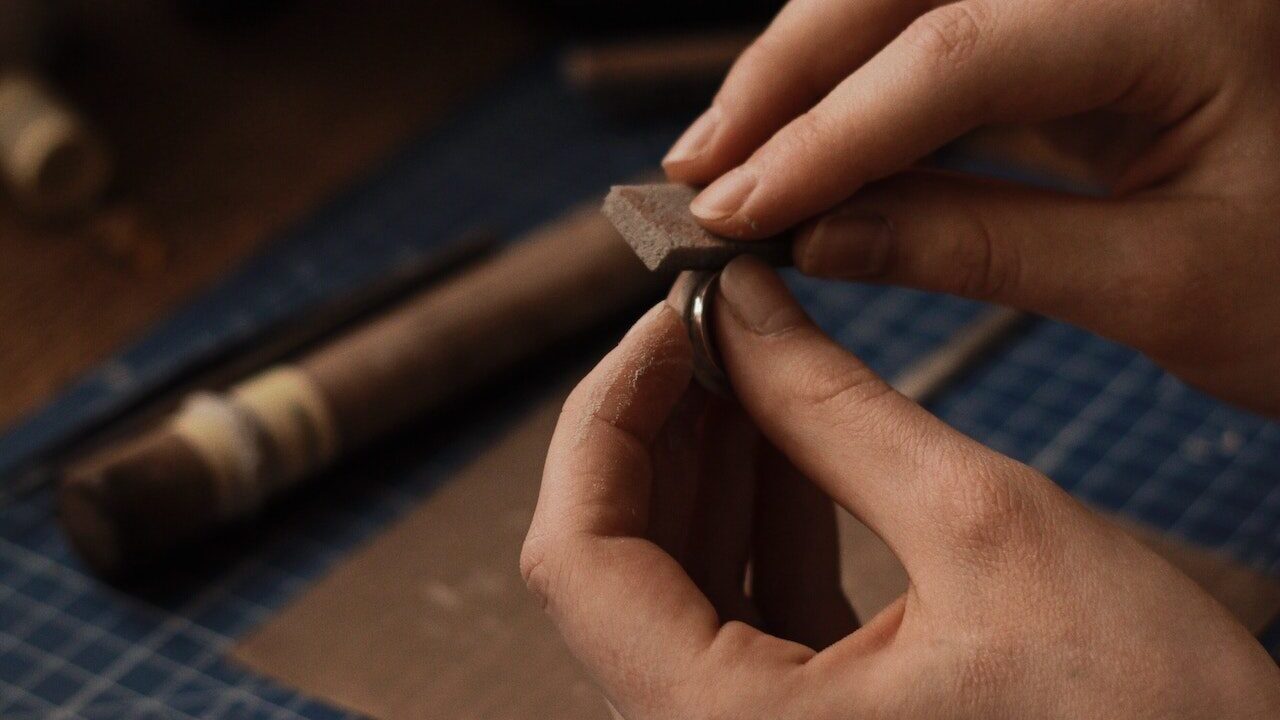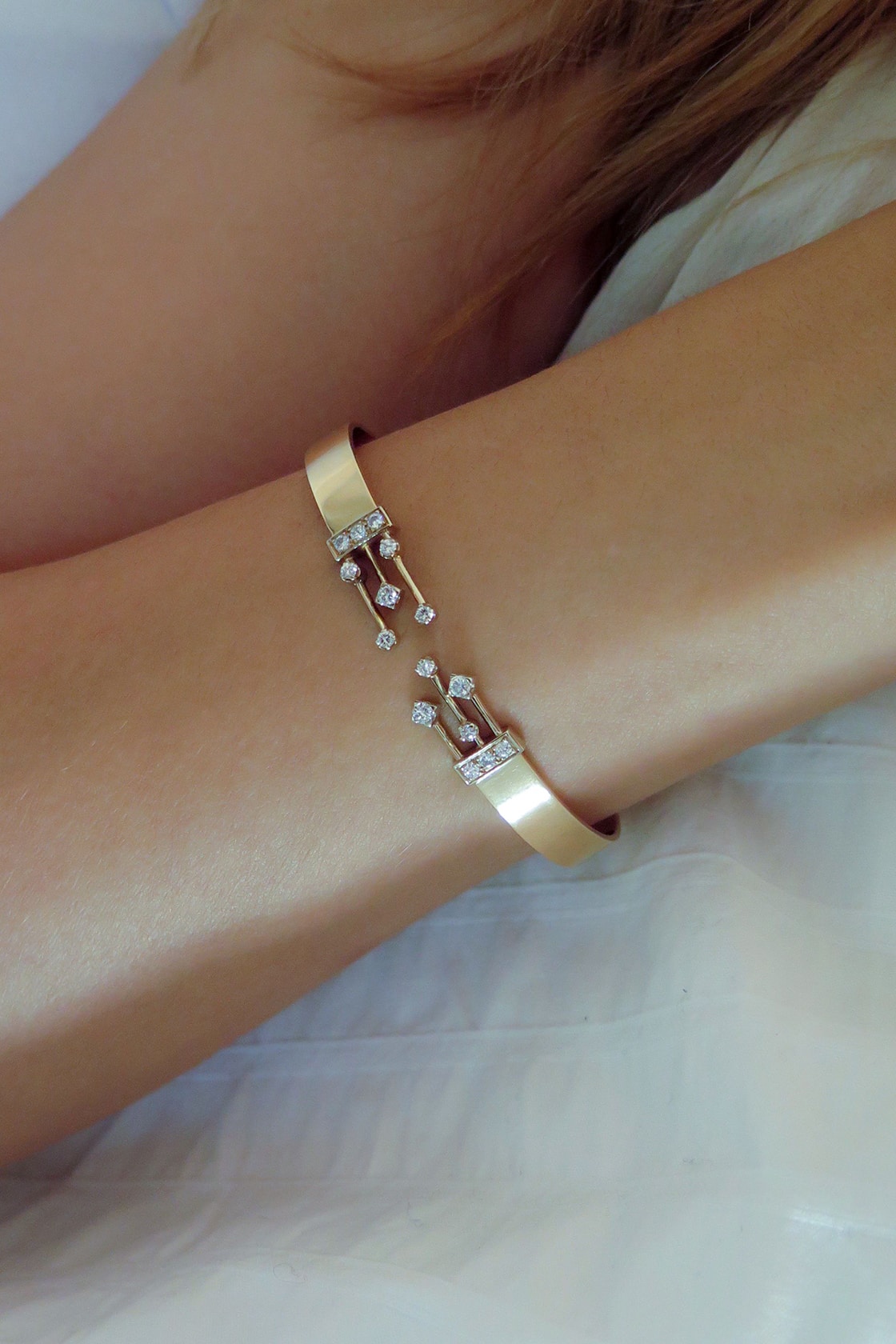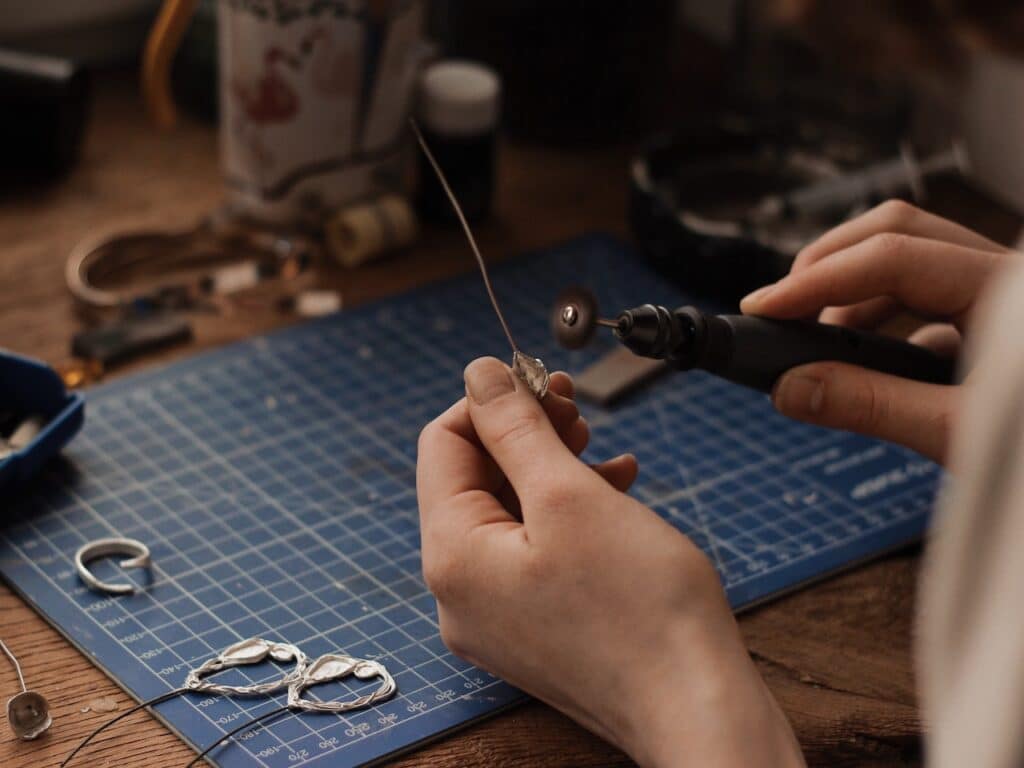Blog
The History of Luxury Jewelry: From Ancient Egypt to Today
From ancient Egypt to the present day, luxury jewelry has continued to captivate minds and awaken the deepest desires of each individual. Embodying the subtle marriage of craftsmanship and natural gems, luxury jewelry transcends cultural, temporal and geographical boundaries, transporting us on a timeless journey. Let’s take a closer look at this age-old art that has been able to illuminate the bodies and souls of everyone.
Jewelry in ancient Egypt
Ancient Egypt was an era full of mysteries and innovations, in which jewelry occupied a central place, both in daily life and in sacred rituals.
Beyond Jewelry: Meaning and Symbols of Antique Jewelry
In Egyptian culture, jewelry held deep meaning, combining the material with the spiritual. Beyond their dazzling aesthetics, these ornaments carried powerful symbols, linking individuals to gods and supernatural powers. Jewelry also had a protective function, as sacred amulets, warding off evil and bringing prosperity and good luck to those who wore them.
The Egyptians used a wide variety of precious materials to create their jewelry, each with a special meaning. Gold, considered the flesh of the gods, was omnipresent and symbolized immortality and divine power. Lapis lazuli, with its deep blue shades, was associated with water and the sky, representing regeneration and rebirth. Turquoise, a sacred stone, was linked to the goddess Hathor and evoked joy and love.
Between tradition and modernity: the art of merging techniques and innovations
Jewelry making in ancient Egypt was a highly developed craft, characterized by ingenious techniques and remarkable innovations. Artisans mastered the art of working with metals, such as gold and silver, which they shaped by hand with meticulous precision. Filigree, a delicate technique of interweaving fine metal threads, was widely used to create intricate and elegant designs.
Among the emblematic pieces of Egyptian jewelry, necklaces were of particular importance. The Oudjat necklace or pectoral, shaped like an Oudjat eye, symbolized protection and healing, representing the eye of Horus, a revered falcon god. Bracelets, rings and earrings also featured symbolic designs, often inspired by sacred animals such as the scarab or serpent.
Jewelry through the ages
From ancient Egypt to the splendor of medieval times, through the rise of the modern era, jewelry has evolved over time, reflecting the cultures, beliefs and aspirations of each era.
Medieval times and the Renaissance
The Medieval and Renaissance eras were periods of pomp and grandeur where jewelry played a crucial role in expressing the power and wealth of monarchs and aristocrats. Kings and queens, fervent patrons of this art, had sumptuous pieces made to display their prestige and status.
During this period, new precious stones appeared in the world of jewelry. The discovery of new deposits, particularly in America, brought a range of new gems to the European market. Diamonds, in particular, captured the collective imagination with their incomparable brilliance and became the ultimate symbol of royalty and eternal love.

From the 17th to the 19th century
The 17th century marked a turning point in the history of jewelry, as the influence of fashion and the bourgeoisie began to be felt. While jewelry had previously been reserved for the elite, it became more accessible to an emerging class of society. Jewelry artisans responded to this growing demand by creating lighter and more affordable pieces, while retaining their elegance and refinement.
The appearance of large jewelry houses also marked this period. Prestigious names became pioneers in the world of fine jewelry, opening luxurious boutiques in European capitals and major cities of the New World. These renowned houses created iconic jewelry which still remain timeless symbols of elegance and jewelry know-how today.
Jewelry in the 20th century
During the 20th century, jewelry underwent revolutionary developments that shaped its modern and contemporary face. From major jewelry houses to visionary designers, cinematic influences and fashion icons, this period was marked by boundless creativity and a relentless quest for innovation.
The era of big houses and designers
The 20th century witnessed the emergence of great jewelry houses that left an indelible mark on the history of jewelry art. Prestigious names have reigned supreme in the world of fine jewelry, creating sumptuous pieces intended for wealthy and famous clients, embodying elegance, luxury and refined craftsmanship.
At the same time, visionary designers have emerged, shaking up the codes of traditional jewelry and breathing a breath of fresh air into this centuries-old universe. These artists brought their personal touch, experimenting with new forms, materials and techniques, and offering bold and avant-garde creations.
Evolution of jewelry styles and techniques in the 20th century
The 20th century witnessed an astonishing diversity of styles and techniques that marked the history of jewelry. The influence of cinema played a determining role in the popularization of certain styles. Screen stars such as Elizabeth Taylor and Audrey Hepburn, adorned in sumptuous jewelry in their films, inspired new trends and reinforced the craze for extravagant and glamorous jewelry pieces.
Fashion icons also contributed to the evolution of jewelry in the 20th century, popularizing the wearing of more discreet and elegant jewelry, highlighting the simplicity and beauty of clean lines. Jewelry then became essential fashion accessories, completing the outfits of the most elegant women.
The 20th century period also saw the introduction of new manufacturing techniques, including gas welding and laser cutting, which allowed for greater precision in jewelry design. The materials used have also diversified, with the use of contemporary metals such as platinum and titanium, as well as the introduction of synthetic stones which have expanded the creative possibilities of jewelers.
Luxury jewelry in the contemporary era
Today, luxury jewelry evolves at the frenetic pace of the modern era, reflecting the current trends, innovations and challenges that mark this fascinating period. Let’s discover together the dazzling world of luxury jewelry in the contemporary era, where ethics and sustainability meet technological advances.
Current trends and innovations that are redefining jewelry
Today’s consumers place increasing importance on the origin of the materials used in the making of jewelry, as well as the working conditions of the artisans. On the other hand, luxury brands are increasingly committing to responsible practices, using ethically sourced diamonds and precious metals and promoting high standards of social and environmental responsibility. .

Innovation is also at the heart of contemporary jewelry. New technologies open up endless creative possibilities for designers. Computer-aided design (CAD) enables bold and complex creations, while 3D printing makes it easier to create prototypes and unique parts. Innovative materials, such as technical ceramics, synthetic diamonds and lab-grown stones, are emerging, offering sustainable alternatives to traditional materials.
Challenges and opportunities in luxury jewelry
The digitalization of the market represents a major challenge for the luxury jewelry industry. Modern consumers are making more and more purchases online, forcing jewelry houses to adapt to this change in behavior. Brands are investing in sophisticated digital platforms, creating premium virtual shopping experiences and virtual jewelry presentations, providing customers with the opportunity to discover and purchase precious pieces without leaving the comfort of their home.
Influencers and celebrities have also contributed to the popularization of luxury jewelry. Jewelry worn by influential personalities on social networks can generate massive enthusiasm, propelling short-lived trends and sparking opportunities for partnerships with popular personalities. Jewelry houses are exploiting this phenomenon by collaborating with celebrities to create exclusive collections; a solid bridge between the world of luxury and entertainment.
From ancient Egypt to the present day, the history of luxury jewelry has given us a dazzling journey through the ages, celebrating timeless beauty. Each era brought its unique brilliance, combining creativity and the know-how of artisans. Today, as we contemplate the future of this treasured tradition, we are filled with hope and excitement about the endless possibilities of innovation and responsible ethics. This fascinating ode to beauty continues to shine brightly, perpetuating its magic across generations.

 Français
Français




